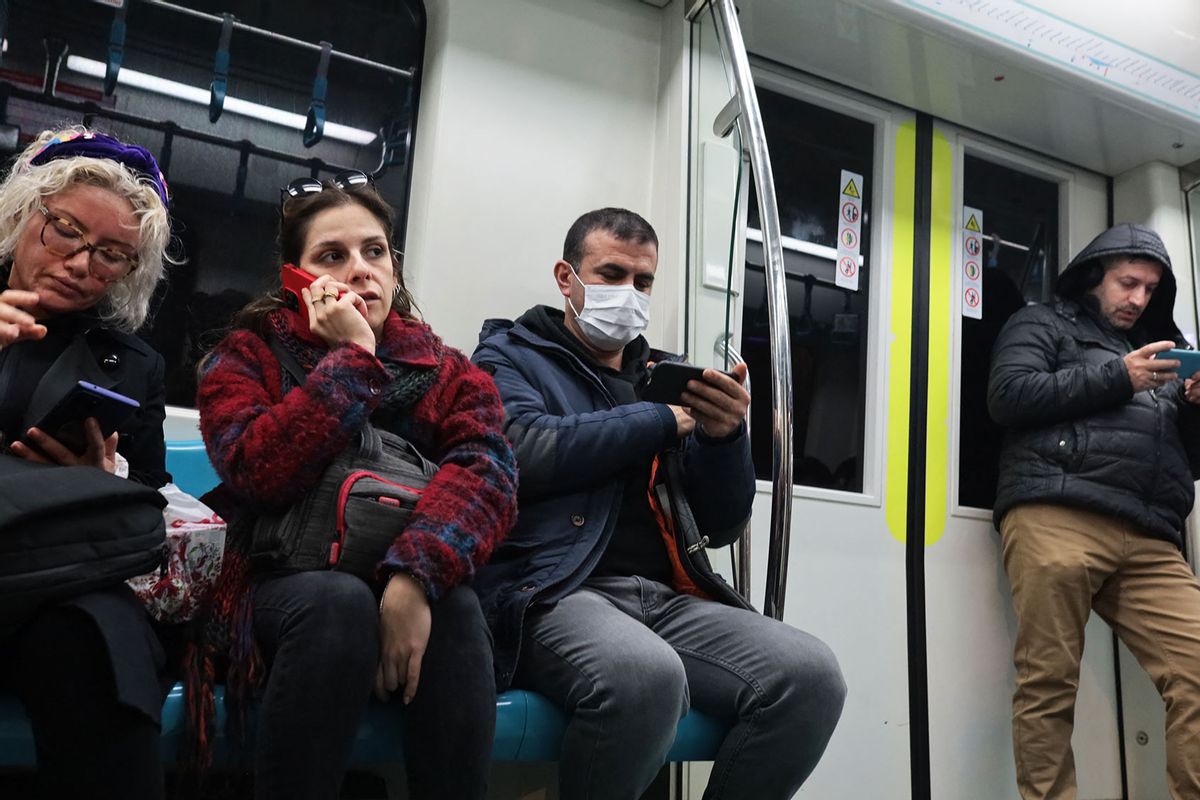Florida got a view of Aurora borealis. Forecasts for a second Northern Lights showing do not look promising anywhere in the lower 48 states.
Palm Beach County top news: Heat wave tips, Northern Lights, Python Hunt
Top stories in the June 4th episode of Palm Beach County News in 90: Heat wave tips, Northern Lights , Everglades python hunt.
Editor’s note: We will be updating this story as new forecasts and projections for a Northern Lights show are issued. Please check back for changes.
Forecasts for Northern Lights on Wednesday evening, June 5, do not look promising in Florida — and that goes for anywhere in the lower 48 states as well.
Hopes for a repeat of last month’s celestial auroras, which were seen as far south as the Florida peninsula, were raised by the rotation of a solar flare from the same sunspot that produced the May 10 sightings. That sparked forecasts of potential sky glows tonight and Thursday evening.
But the forecast for this evening calls for viewings that will be limited to a band running from Alaska through upper Canada, weather and cloud cover permitting.
What causes the Northern Lights phenomena?
The lighting up evening skies is sparked by geomagnetic storms that send broad swaths of coronal mass ejections from the sun.
The solar flares originated from a gigantic sunspot, a dark area on the sun over 15 times wider than Earth, according to LiveScience. The sunspot continues producing strong solar flares and the sun’s rotation will have it facing Earth again on June 6 and again during a new moon.
What colors are the auroras?
According to Space.com, the most often viewed hue is green.
Red auroras are less common, and blue and purple ones even more rare.
Finally, yellow and pink ones are also possible but they are the most infrequent because they require high solar activity.
But anyone who has seen an aurora will tell you it’s an unforgettable experience regardless of the color.
If Northern Lights appear in Florida, this is the best way to capture them with your iPhone camera
Enable night mode: This feature automatically adjusts your iPhone’s camera settings for optimal low-light conditions, resulting in clearer nighttime photos. To activate “night mode,” simply ensure it’s enabled in your camera settings. For iPhone 11 and above, this feature is readily available. You can enable it manually by tapping the night mode icon in the camera app, which looks like a moon, in the top-left corner of the screen.
Also consider tweaking the exposure time to maximize your shot. To adjust, access the settings menu in the iPhone’s camera app by tapping the top arrow. Locate the night mode icon and adjust the exposure time slider to the maximum. This extended exposure time should allow your iPhone to fully capture the night sky and northern lights.
Reporting from Laura Lordi of the Palm Beach Post was used in this story.
Antonio Fins is a politics and business editor at The Palm Beach Post, part of the USA TODAY Florida Network. You can reach him at [email protected]. Help support our journalism. Subscribe today.

Daisy Hips is a science communicator who brings the wonders of the natural world to readers. Her articles explore breakthroughs in various scientific disciplines, from space exploration to environmental conservation. Daisy is also an advocate for science education and enjoys stargazing in her spare time.








